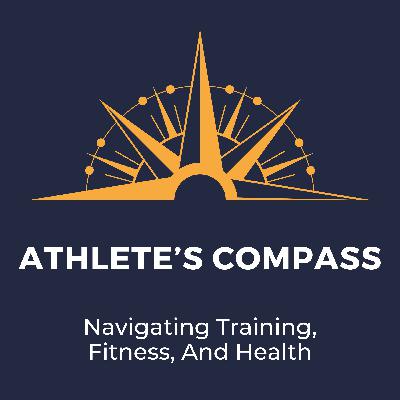How Periodization Builds Performance Without Burnout
Update: 2025-10-16
Description
In this episode of The Athlete's Compass, Paul Laursen, Marjaana Rakai, and Paul Warloski break down the concept of periodization — the practice of structuring your training into purposeful phases like base, build, and taper. Drawing from cutting-edge research, Norwegian endurance dominance, and their own coaching experience, they explore how layering aerobic work with strategic intensity helps everyday athletes adapt better, avoid burnout, and peak on race day. From understanding adaptation energy to learning how Athletica supports personalized training, this conversation uncovers why slow, steady base work might be the most powerful (and overlooked) part of endurance training.
Key Takeaways
- Base training is critical: It builds aerobic capacity and sets the stage for effective high-intensity training later.
- Adaptation energy matters: Without a solid aerobic base, athletes struggle to respond to more intense sessions.
- Periodization isn't just for pros: Everyday athletes benefit from a structured plan tailored to their goals and life constraints.
- VO2 max work shouldn’t disappear during base phase—tapping into it year-round yields continued adaptation.
- Athletica allows for flexibility, letting athletes shift between base and build weeks depending on how they're feeling or recovering.
- Heart rate variability (HRV) can guide periodization, indicating readiness for harder work or a need to rest.
- Avoid over-racing: Always being in build or race mode leads to fatigue, poor performance, and mental burnout.
- Nutrition can be periodized too, aligning fueling strategies with session intensity to maximize benefits.
- Lawrence van Lingen | Move Better, Live Better
- Dr. Paul Laursen publications on ResearchGate
- Marjaana Rakai - Tired Mom Runs - Where fitness meets motherhood.
Comments
In Channel





